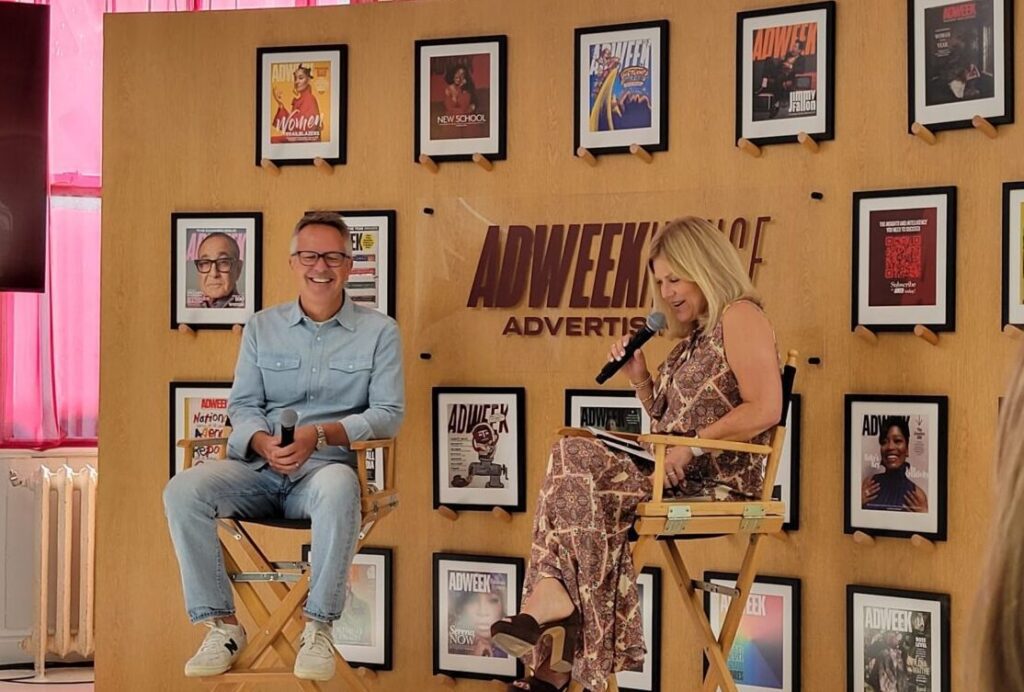Having trouble getting your e-zine through corporate firewalls? Try distributing the content via RSS.
That’s the acronym for Really Simple Syndication. The increasingly popular delivery vehicle can be used to serve up many kinds of material.
For example, media companies have turned to RSS “as means of distributing links to podcasts,” says Reid Carr, CEO of Red Door Interactive. It’s also useful in getting readers to link to their sites.
“People can take the site with them,” Carr says. “And when there’s something of interest, they will click on it and drive traffic back.”
Another benefit of RSS is that it allows you to get content out more quickly. And it is popular with readers, who can tailor the feed to suit their own needs.
“Like millions of other folks around the world, I became an RSS addict in 2005,” writes Paul Conley, a veteran business editor who now serves as a consultant for several publishers. “With RSS I don’t have to worry about annoying “unsubscribe’ functions that don’t work properly. With RSS I’m not subjected to a never-ending stream of spam and other marketing nonsense from publishers. For a content consumer, RSS is a vastly superior delivery mechanism.” (For more from Paul on this subject, click here. http://paulconley.blogspot.com/2006/01/stay-out-of-my-inbox.html).
Paul’s view was corroborated by David Fish, CEO of IMN Inc., in an interview last year.
“We think of RSS as a very promising delivery mechanism,” said Fish. “What it is a very simple piece of software. Imagine three window panes in your screen. On the left side, you have channels of information that you can pick from. On the top, you’ll have program items within those channels. It’s very simple to opt in: You click on the channel to subscribe. And it’s easy to opt out: You just delete the channel if you don’t want it. You never give up your e-mail address so there’s no risk of spam.
Indeed, RSS is useful for many things besides distributing newsletter content. For example, public companies can use it to get data to stock analysts. And it is growing in the high-tech sector.
“Where we’re seeing it is in customer support at software companies,” Carr continues. “People will consume a feed just to be apprised of the latest version.”
Those firms are also using RSS To provide technical specs and support.
“You have fewer people calling and saying, ‘I’m having a problem,” he explains.
RSS does have its limitations. One being tracking. “We don’t know how many people are consuming their feeds,” Carr says. “It’s trackable if you’re using certain feed readers. With FeedBurner you can track.”
Carr notes, however, that it’s also more difficult to track e-mail open rates. And that isn’t the only drawback to e-mail. “People are turning to RSS as way of avoiding issues with Outlook and corporate firewalls,” he continues.
And those RSS tracking problems? “They’re going to have to figure them out this year,” he says.
Another issue is reader awareness.
“The challenge of RSS feeds is that a lot of people don’t know what they are,” says Carr. “And if they do, they don’t know how to use them. You have to install a reader, and in a lot of companies you can’t install software without administrative privileges.”
But that, too, will change as the technology catches on with more companies, he adds.
 Network
Network

